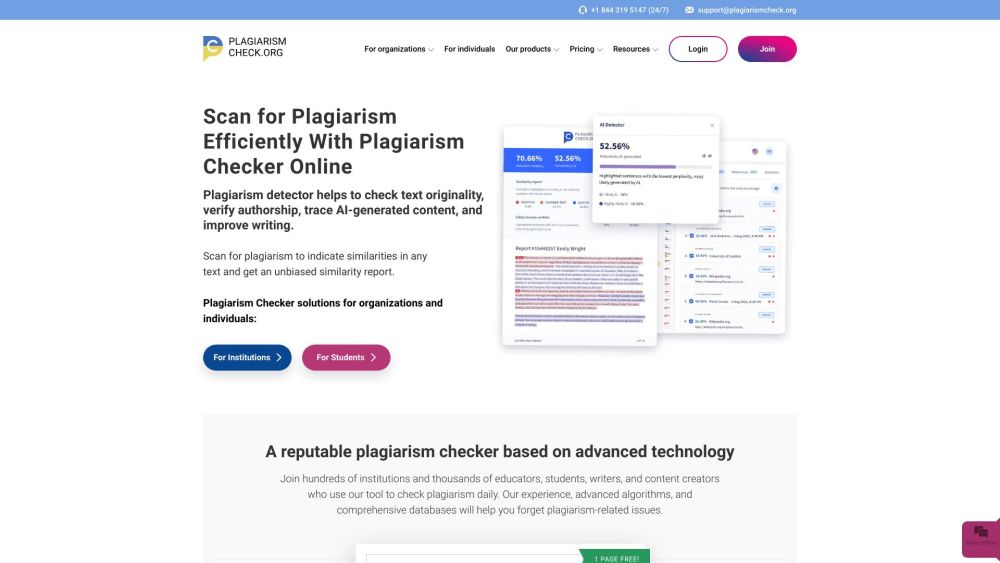Unlocking Mind Reading: How the Language Model Behind ChatGPT Makes AI Communication Possible
Most people like

Discover Spacely AI, an innovative interior design platform that harnesses the power of artificial intelligence to deliver personalized design recommendations tailored just for you.

Introducing our AI-Powered Transcription and Translation Service: Revolutionizing the way you convert speech into text and translate languages effortlessly. Experience fast, accurate, and reliable results tailored to your needs, making communication seamless and efficient across various platforms. Unlock the potential of artificial intelligence to enhance your workflow and connect with a global audience like never before.

Discover a reliable plagiarism checker designed specifically for educators and students alike. This powerful tool ensures the integrity of your work by identifying potential plagiarism quickly and accurately, making it an essential resource for academic success.
Find AI tools in YBX



